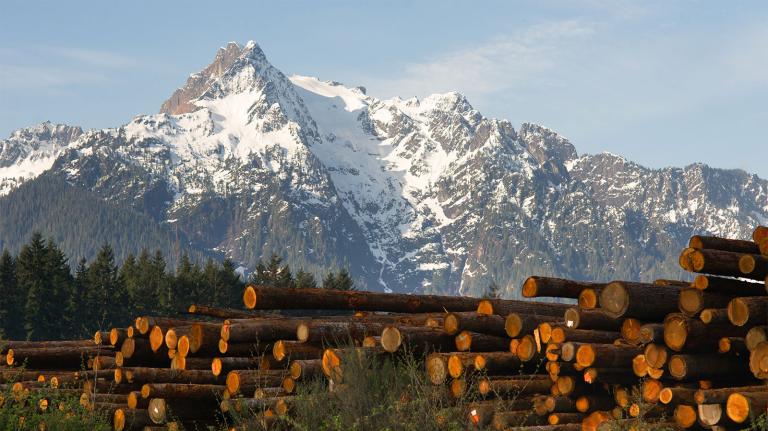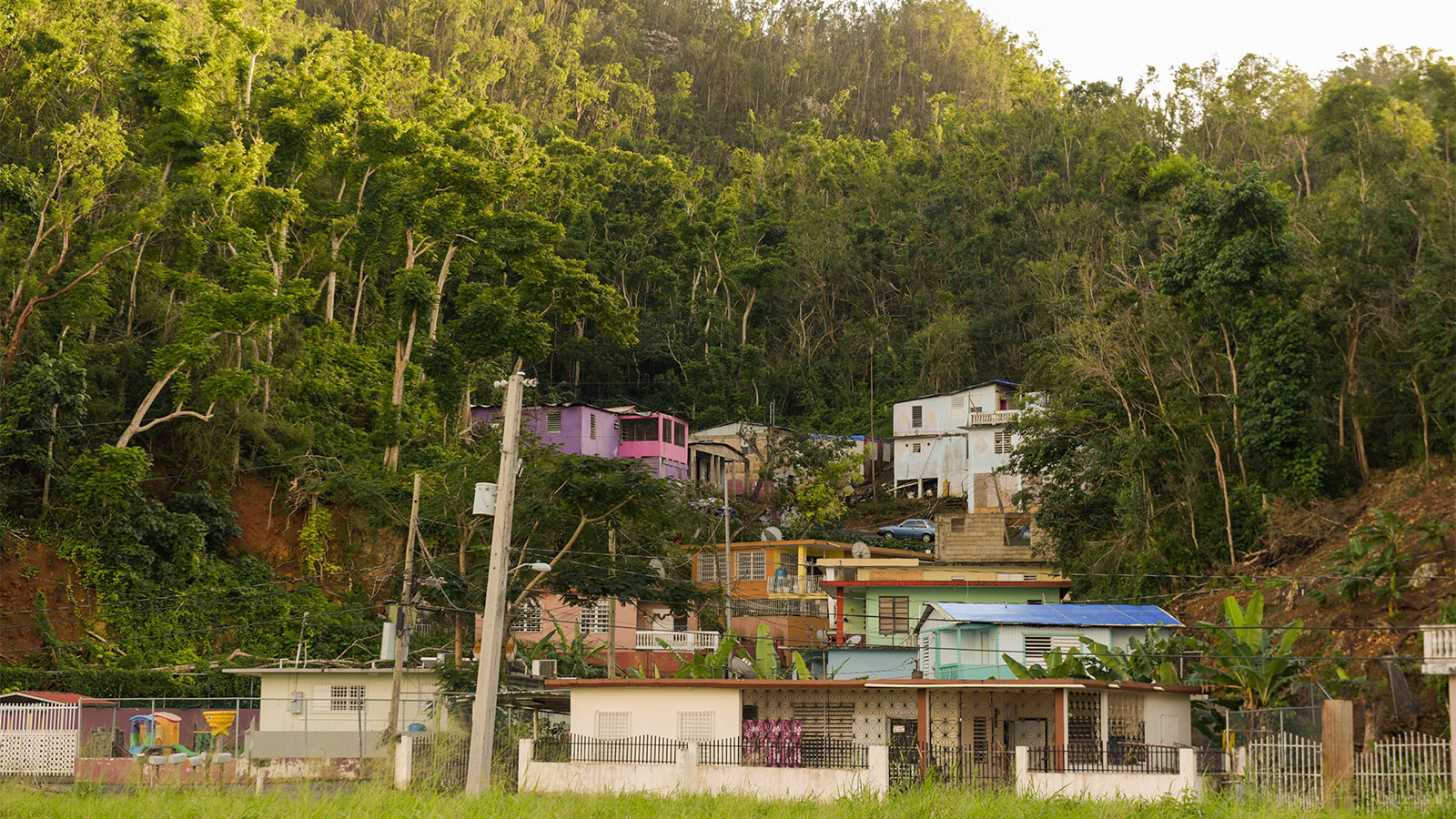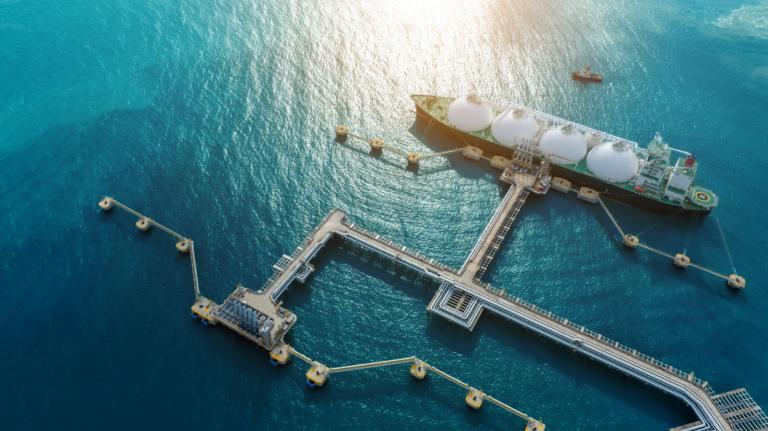When Eduardo Lugo hears trucks rumble by his home in southwestern Puerto Rico, there is a moment when he wonders if it’s the sound an earthquake makes just before it hits. An associate professor of psychology at the University of Puerto Rico at Mayagüez, Lugo says this type of traumatic trigger is just one of the legacies of living through years of devastating hurricanes and earthquakes.
When the power goes out, people often lose access to water, food spoils, Lugo says, “It’s like a domino effect for people. And it’s definitely affecting people’s mental health.”
The last several years have brought disasters to the island that have killed and displaced thousands of people, and highlighted fissures of inequality that did not heal when the power came back on. “Whenever some sort of natural disaster affects Puerto Rico,” Lugo says, “it seems to highlight a problem, and how inefficient the government was in attending those situations.” When Hurricane Maria struck in 2017, for example, cutting people off from medical care and crippling the electric grid for months, it worsened child poverty in Puerto Rico.
In the aftermath of these catastrophes, researchers and residents are concerned many vulnerabilities have still not been addressed—raising urgent questions about how to best strengthen the island’s infrastructure. Building truly equitable and sustainable energy will require addressing complex issues like colonial legacies, poverty, and gentrification. But at the policy level, Lugo says, “conversations are fragmented between all these different spaces.”
After Hurricane Maria, for example, Puerto Rico’s power grid was privatized into a joint venture called Luma Energy, run by Houston-based Quantas Services and the Canadian company ATCO. But Lugo says the majority of people who participated in a recent community survey were very dissatisfied with the lack of reliability and the cost of electricity now. “There’s no way that we can continue raising the prices of energy in Puerto Rico with the amount of poverty that people are facing,” Lugo says.
Advocates say major policy decisions for the island’s infrastructure restoration need to be guided by the voices of community members who have lived through years of blackouts and hardship. Puerto Rico aims to have 100 percent renewable energy by 2050, but Lugo says implementing these decisions will require community feedback. “We cannot sacrifice the resiliency of one area for the resiliency of another,” he says. Well-intentioned policies for solar farms, for instance, can create competition for much-needed agricultural land. Access is also unevenly distributed: Lugo says community surveys found cost is a major barrier for households to install solar panels—but the recent promise of up to $440 million for rooftop solar from the Department of Energy could help thousands of families.
One of the researchers working with Lugo to develop a more comprehensive approach to climate justice in Puerto Rico is Laura Kuhl, an assistant professor at Northeastern University. After Hurricane Maria, Kuhl hoped to gain a better understanding of how existing social vulnerabilities influenced which communities regained access to energy—and how long repairs took to reach others.
In some communities on the island’s southern coast, for instance, Kuhl says many people live with air and water pollution issues from a large coal-fired power plant. “Those were also some of the hardest hit communities, with some of the longest recovery times,” Kuhl says, “and that certainly is reflected in their historical vulnerabilities.” For some communities in mountainous areas, or far from electric transmission lines, the wait for the power to be restored stretched out for over a year.
After Hurricane Fiona struck in 2022, Lugo says people living in the mountains once again faced weeks-long delays, while urban areas saw more immediate attention. Workers doing the repairs often lacked the experience to operate in the challenging terrain. Both Kuhl and Lugo say these environmental and economic factors need to be incorporated into planning for a more resilient grid. “These communities are the ones that need to be strengthened first,” Lugo says, “if we’re actually thinking about saving lives, and energy consistency.”
In her research on climate finance and renewable energy transitions, Kuhl also focuses on how community perspectives are shaping conversations about energy—and who is being left out. “What’s the decision making process around climate funding? Where does it go? And who is able to get it? And what are the justice implications?” Kuhl asks. After the initial recovery following Hurricane Maria, Kuhl wanted to know how long-term infrastructure planning was taking shape. She wondered if policy priorities and funding would shift toward solar, or if the government would continue to rely on fossil fuels.
Professor Maria Ivanova, who is the Director of the Policy School at Northeastern University, says understanding these kinds of existing dynamics are an essential piece of helping build sustainability. Kuhl’s research reflects the university’s goals “to transcend traditional academic boundaries,” says Ivanova. Northeastern emphasizes the responsibility of academic researchers to engage with communities and be advocates for equitable solutions at local and global levels. “We seek to produce real-world impact,” she says, including in her own work on addressing persistent issues like plastic pollution.
But six years after Hurricane Maria, Kuhl says the trajectory of Puerto Rico’s energy recovery is far from decided. “It’s still unfolding,” Kuhl says, “in large part, because there’s been enormous delays in the release of federal funding.” With the privatization of the electric grid, the answer so far has been more investment in natural gas.
Yet those same challenges are inspiring action at a community level. Lugo says schools and community centers with solar panels have provided essential services in the wake of disasters and power outages. People can access the Internet, have kitchens with refrigerators to cook and save food, and use outlets for medical devices. “There’s a lot of community empowerment and organization around issues of energy, water, food, and sustainability,” Lugo says. “People are actually taking the government out of the equation in a way, and organizing to provoke change within their communities.”
Kuhl and Lugo are now collaborating on a photovoice project that aims to center these community voices—where young people in the community take photos and share stories exploring how energy impacts their lives, and how they want systems to change. The project is ongoing, but Kuhl says, “the photos that we’ve been receiving are really powerful, and tell the story of the differences and the challenges and visions of these communities in a much more compelling way than traditional academic research.” Kuhl and Lugo hope the project will empower more Puerto Ricans to express their hopes and visions for a more equitable and community driven approach to energy.
Transitioning to renewables like solar is about more than just keeping the lights on. “We need to start creating solutions that fit not only the physical needs of communities,” Lugo says, “but also support people’s mental health.”
Northeastern University’s School of Public Policy and Urban Affairs (Policy School) offers master’s degrees that dive into innovative, real-world explorations of our world’s most challenging climate, environmental, and sustainability issues. Through a combination of experiential learning, interdisciplinary research, and cutting-edge coursework, these programs prepare you for the next step in your career, using policy to address environmental and social justice in communities around the globe. Learn with us at our campuses in Boston, Arlington (Metro D.C.), and Oakland.




